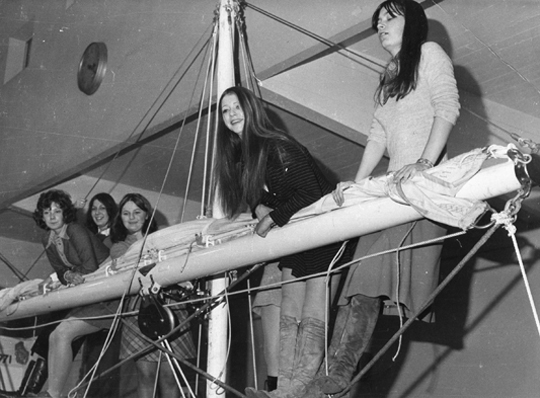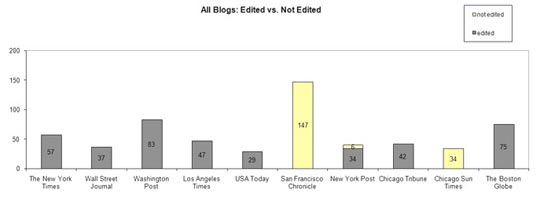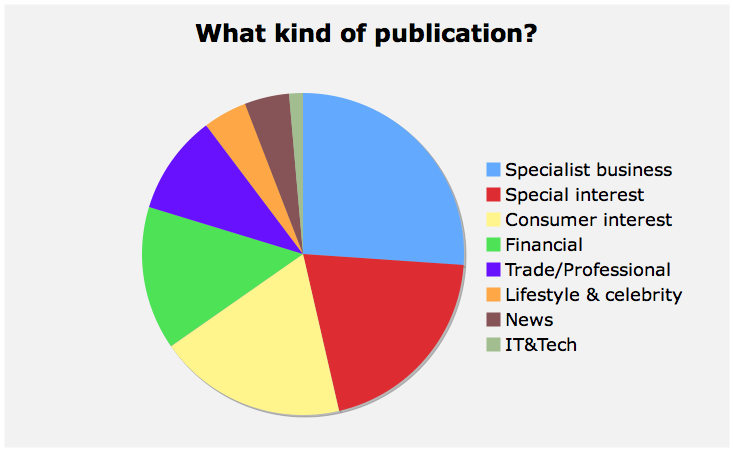This shipshape crew are on the look-out for long-lost comrades from a year-long expedition to Harlow nearly 40 years ago.
The class of 1971/72 on the NCTJ pre-entry journalism course are marking the 40th anniversary with a reunion in the town next autumn.
This picture of Christine, Geraldine, Celia, Pippa and Gill was taken by the Daily Express at the London Boat Show on a course assignment, but never used.
Former Harlow College student Andy McLardy, who is helping classmate Sky News’ Simon Bucks organise the event, told Journalism.co.uk:
I had not seen Simon for many years when, with impeccable timing, he turned up as I was walking out of the front door to go to work. Fortunately we were able to meet up again the next day and discussed holding this reunion. Neither of us had changed a bit! We have both stayed in touch with a few old colleagues and are now hoping to trace others who would be interested in meeting up on a Saturday lunchtime at one of our old drinking haunts.
To get in touch for the reunion contact harlow7172 [at] gmail.com.




